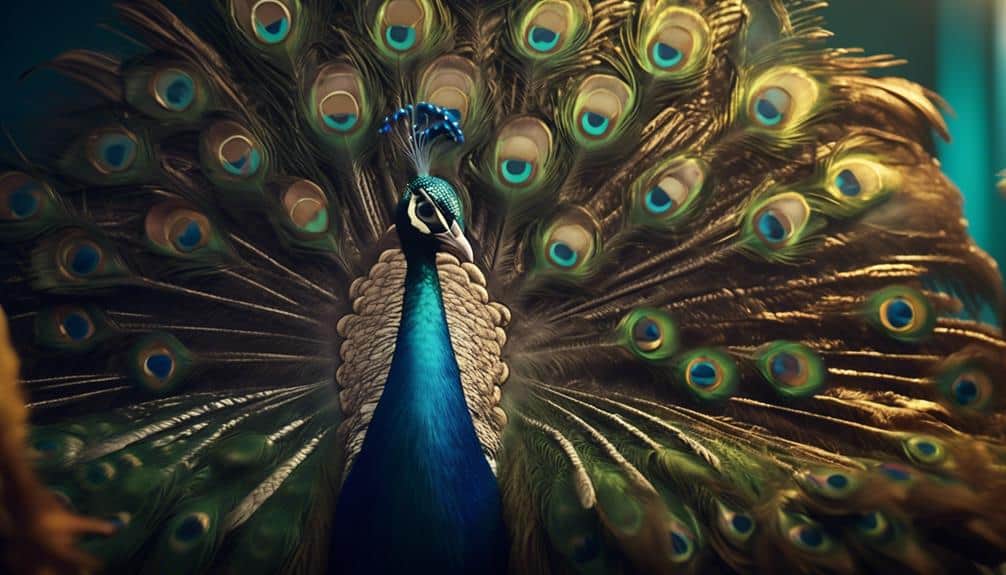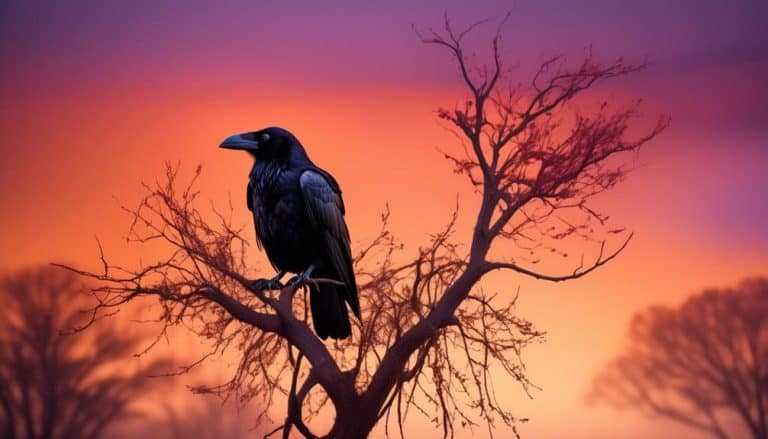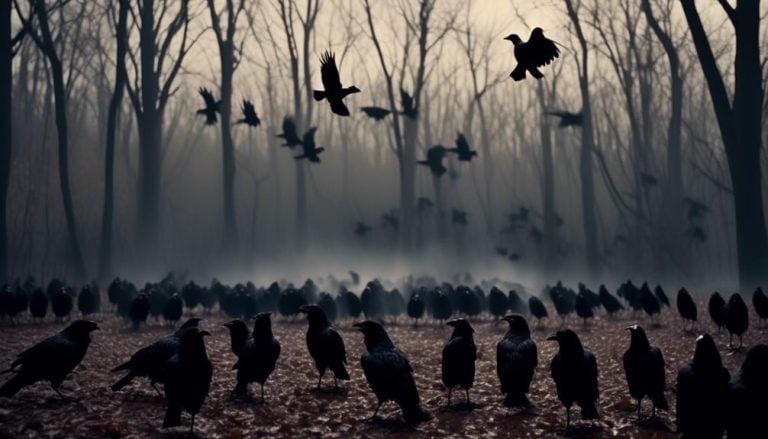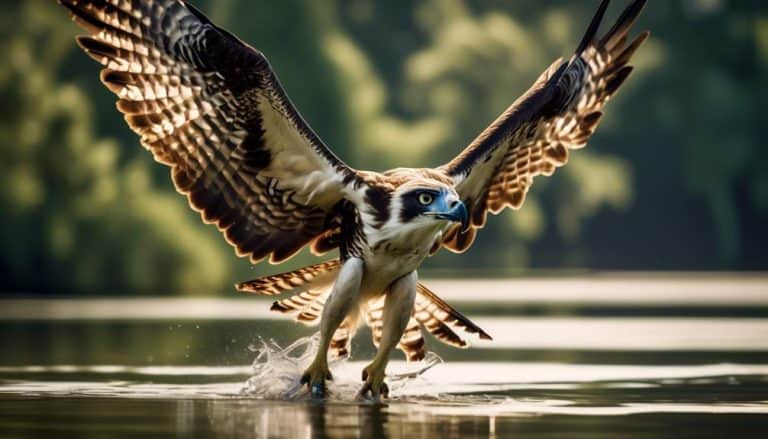As an avid bird enthusiast, I find myself marveling at the diverse and captivating world of avian creatures. Birds, like a kaleidoscope of colors, come in all shapes and sizes, each with its own unique characteristics.
Today, I invite you to join me on a journey through the fascinating realm of birds that start with the letter 'P'. From the vibrant and intelligent parrots to the masters of the cold seas, the penguins, and the majestic beauties of the animal kingdom, the peafowls, we will explore the intriguing lives of these feathered beings.
But that's not all; there are two more remarkable species awaiting your discovery. So, won't you join me as we uncover the intriguing tales of these birds whose names start with the letter 'P'?
Parrots: Vibrant and Intelligent Birds
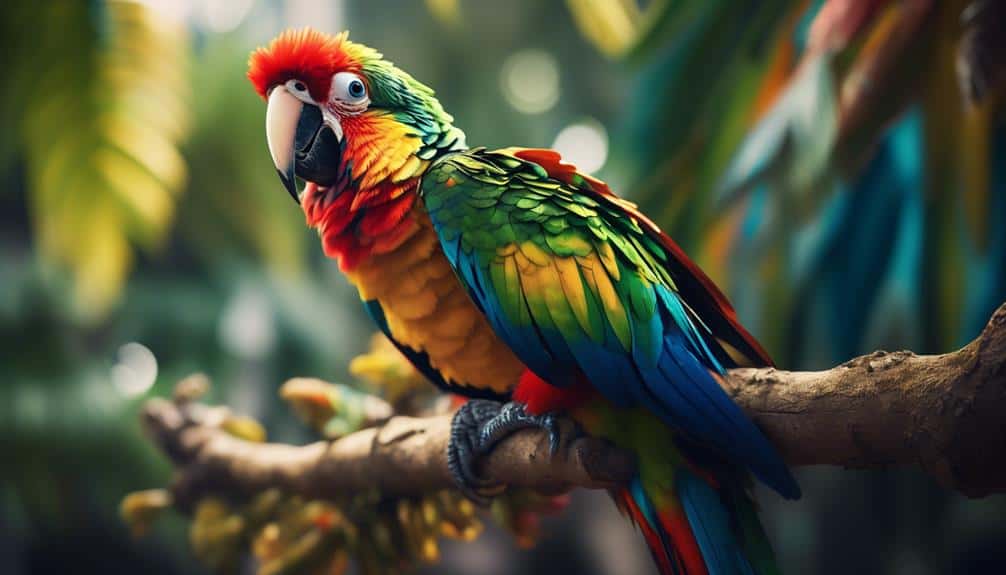
Parrots, with their vibrant plumage and unparalleled intelligence, are truly fascinating creatures that captivate both scientists and bird enthusiasts alike. These birds are known for their striking colors, ranging from vibrant greens and blues to brilliant yellows and reds. Their ability to mimic human speech and perform complex tasks has made them popular pets and subjects of scientific study.
One of the benefits of owning a pet parrot is the companionship they provide. Parrots are highly social animals and can form strong bonds with their owners. They can be affectionate and enjoy being around people, making them great companions for those who live alone or are looking for a loyal pet. Additionally, their intelligence and ability to learn can make them interactive and entertaining pets, as they can be taught tricks and games.
Another interesting aspect of parrots is their potential as therapy animals. Due to their ability to form emotional connections with humans, parrots have been used in animal-assisted therapy programs. These programs aim to improve the well-being of individuals with physical, emotional, or cognitive disabilities. Parrots can offer comfort, companionship, and social interaction, which can have a positive impact on the mental and emotional health of those they work with.
Penguins: Masters of the Cold Seas
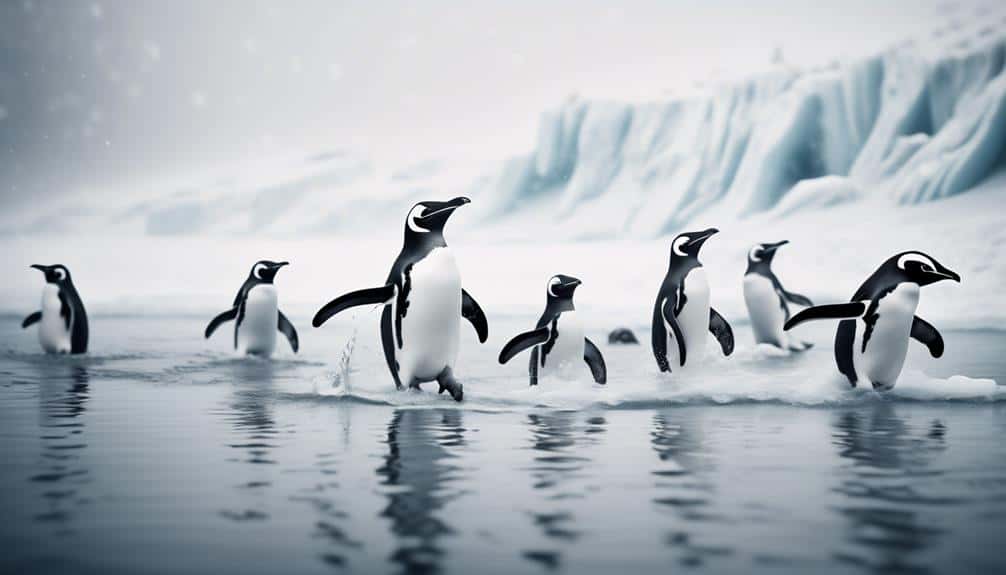
With their vibrant plumage and unparalleled intelligence, parrots have long fascinated scientists and bird enthusiasts, but now it's time to turn our attention to another remarkable group of birds: penguins, the masters of the cold seas. Penguins have evolved unique adaptations that allow them to survive in extreme cold temperatures, making them perfectly suited for their icy habitats.
One of the most remarkable characteristics of penguins is their thick layer of blubber. This layer of fat acts as insulation, providing them with essential warmth in freezing waters. Additionally, their feathers are densely packed, forming a waterproof barrier that prevents water from reaching their skin. This helps to keep them dry and maintain their body temperature.
Penguins also have a unique circulatory system that allows them to regulate their body temperature efficiently. Their arteries and veins are arranged in a counter-current heat exchange system, where warm blood from the heart is cooled by the cold blood returning from the extremities. This ensures that their vital organs receive warm blood while minimizing heat loss through their extremities.
There are 18 known species of penguins, each with its own unique characteristics. The Emperor Penguin, for example, is the largest species and can withstand temperatures as low as -40 degrees Celsius. On the other hand, the Adélie Penguin is known for its agility and diving abilities, reaching depths of up to 180 meters in search of food.
Peafowls: Majestic Beauties of the Animal Kingdom
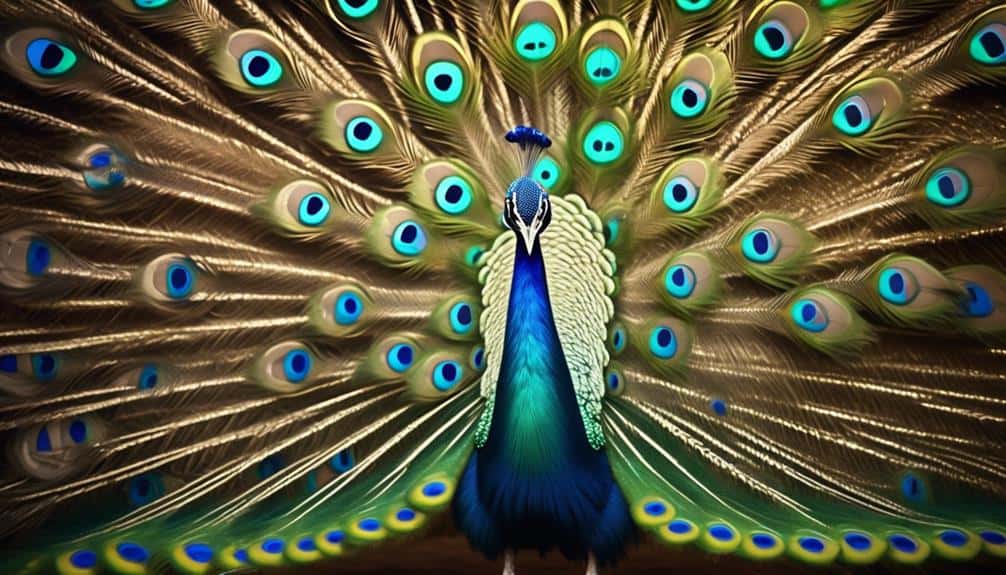
Peafowls, also known as peacocks and peahens, are a stunning species of birds renowned for their vibrant plumage and captivating displays. These majestic beauties belong to the pheasant family, Phasianidae, and are native to South Asia. The peacock, with its iridescent blue and green feathers, is the male counterpart, while the peahen, with more subdued brown feathers, is the female.
Peafowls aren't only visually striking but also exhibit fascinating behavioral characteristics and mating rituals. During the breeding season, the male peacock erects its spectacular tail feathers into a fan-like display, showcasing a mesmerizing pattern of spots and eye-like markings. This elaborate courtship display is accompanied by vocal calls, which attract the attention of the peahens. The females assess the males based on the quality and size of their plumage, demonstrating the importance of aesthetics in their mating selection.
Conservation efforts for preserving peafowl populations are essential due to habitat loss and poaching. These efforts involve protecting their natural habitats, raising awareness about their conservation status, and implementing measures to prevent illegal hunting. Additionally, captive breeding programs play a crucial role in maintaining healthy populations and genetic diversity.
Pigeons: Ubiquitous Urban Dwellers

Pigeons, commonly found in urban environments, are a ubiquitous species known for their adaptability and ability to thrive in human-dominated landscapes. These birds have developed several interesting behaviors and adaptations to survive in cities:
- Roosting and nesting: Pigeons are highly adaptable when it comes to finding suitable places to roost and nest. They often choose ledges, rooftops, and abandoned buildings to create their homes, taking advantage of the shelter and warmth these structures provide.
- Foraging and feeding: Pigeons are opportunistic feeders and have adapted to urban environments by relying on human-provided food sources. They scavenge for discarded scraps and readily eat grains, bread, and seeds. Their ability to digest a wide range of food allows them to find sustenance in the concrete jungles.
The impact of pigeon populations in cities, however, can be problematic. Their droppings can damage buildings and statues, while their presence in large numbers can lead to health concerns and nuisance for residents. To address these issues, potential solutions include:
- Pigeon-proofing structures: Installing barriers, netting, or spikes on ledges and other potential roosting sites can discourage pigeons from settling in certain areas.
- Educating the public: Raising awareness about the negative impacts of feeding pigeons and encouraging responsible waste management can help reduce the availability of food sources and discourage pigeon congregations.
Pelicans: Magnificent Fishermen of the Waterways
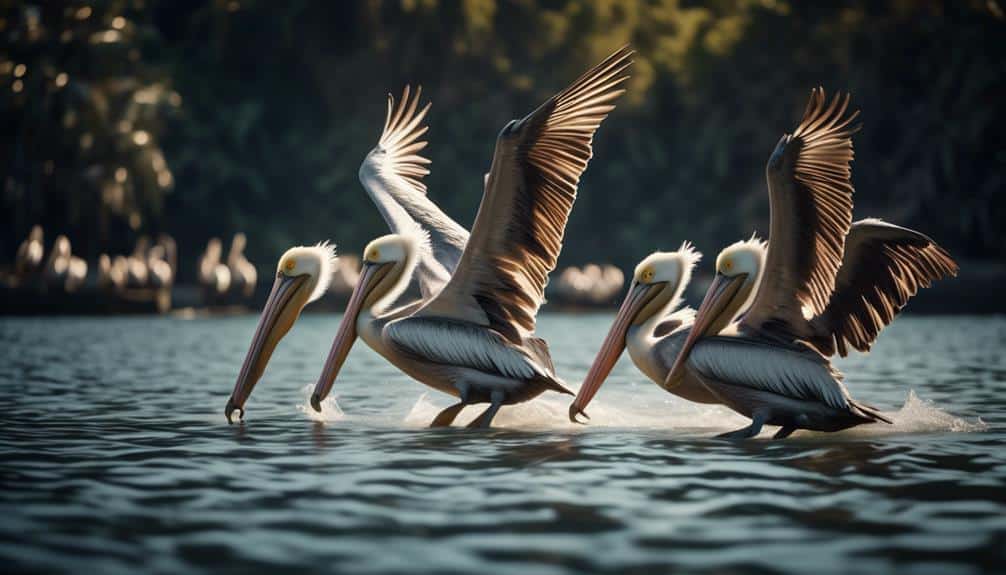
Pelicans, renowned for their remarkable fishing abilities, are majestic birds that dominate the waterways with their impressive diving and feeding techniques. These birds have evolved unique hunting techniques that enable them to thrive in coastal environments. Pelicans have a distinctive pouch beneath their beaks that allows them to scoop up fish from the water. When hunting, they soar above the surface and spot their prey. With incredible precision, they fold their wings and plunge headfirst into the water, filling their expandable pouch with fish. Pelicans then drain the water, swallowing their catch whole.
Aside from their hunting prowess, pelicans play a vital role in coastal ecosystems. They're top predators, controlling populations of small fish and maintaining the balance of the food web. Additionally, their droppings provide nutrients for marine plants and invertebrates.
Pelicans also interact with other marine species. They often form feeding flocks, attracting other seabirds, dolphins, and even sharks. These interactions create a dynamic and interconnected marine community.
However, pelicans face various threats to their habitat. Pollution, coastal development, and overfishing are endangering their food sources and nesting sites. To combat these challenges, conservation efforts are crucial. Protecting their habitats, implementing sustainable fishing practices, and raising awareness about the importance of pelicans are essential for their survival.
Frequently Asked Questions
What Is the Average Lifespan of Parrots?
The average lifespan of parrots varies depending on the species, but it generally ranges from 20 to 80 years. Parrots are known for their long lifespans, which can be attributed to their unique breeding habits and social behaviors.
How Do Penguins Survive in Extremely Cold Temperatures?
Penguins survive in extremely cold temperatures due to their adaptations to icy environments. One key adaptation is their thick layer of blubber, which provides insulation and helps them retain body heat.
Are Peafowls Found in the Wild or Only in Captivity?
Peafowls can be found in the wild as well as in captivity. They inhabit various habitats, from forests to grasslands, and can be seen in different regions around the world.
How Do Pigeons Navigate in Urban Environments?
Pigeons navigate in urban environments by using their excellent homing abilities and communication skills. They rely on visual cues, landmarks, magnetic fields, and even the sun to find their way back home.
How Do Pelicans Catch Fish Underwater?
When discussing how pelicans catch fish underwater, it is important to consider their hunting techniques and unique bill structure. Pelicans use their large, expandable pouches and sharp bills to scoop up fish from the water.
Conclusion
In conclusion, the world of birds is filled with fascinating and diverse species. From the vibrant and intelligent parrots to the masters of the cold seas, the penguins, and the majestic beauties of the animal kingdom, the peafowls.
Let's not forget the ubiquitous urban dwellers, the pigeons, and the magnificent fishermen of the waterways, the pelicans. Each of these birds has unique characteristics and behaviors that contribute to the rich tapestry of nature.
Exploring the world of birds is truly an awe-inspiring experience.

